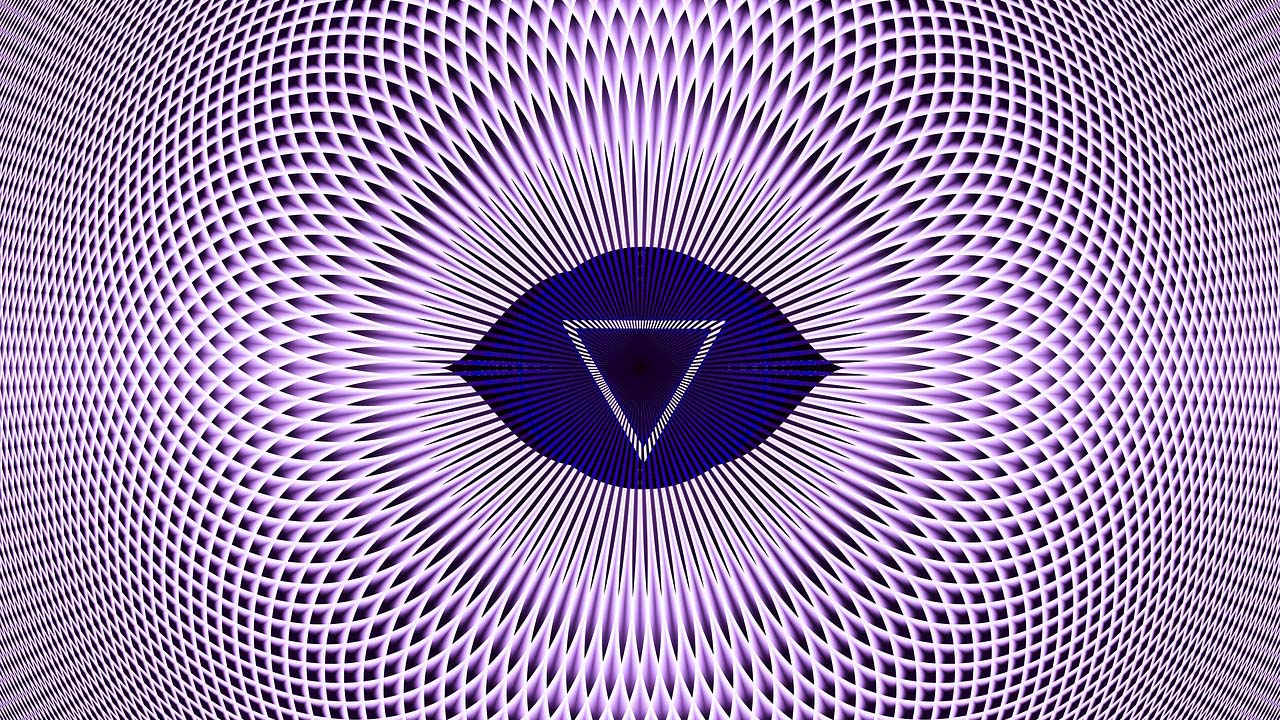What is Swara Yoga?
Energy And Prana In Flow
Swara yoga is a unique yoga style based on the wisdom and methods of traditional Tantra, Ayurveda, Hatha Yoga and Yoga Therapy. It works to enhance the flow of life force (prana) to create radiant health, robust energy, mental clarity and spiritual connection. Mainly practiced through the connection of breath and movement, Swara Yoga works to establish personal harmony and balance through practice that is, in itself, balanced. The style has been developed by Randall O’Leary, founder of Swara Yoga and a life-long sadhaka (devotee) of yoga.
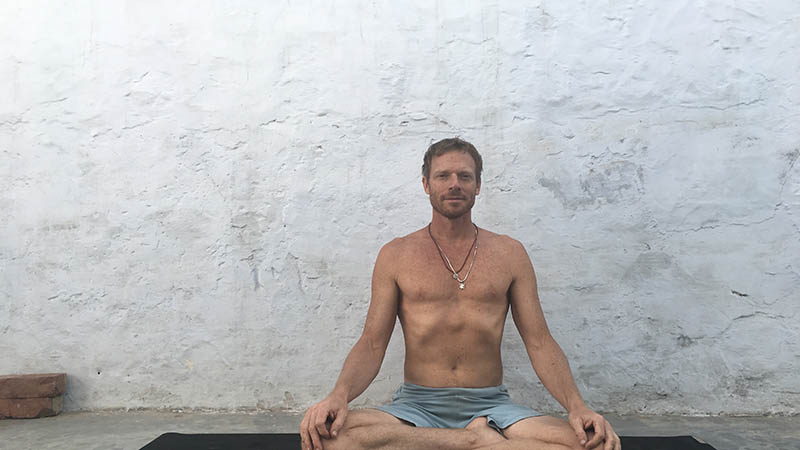
Breath-Based Vinyasa
Our main method is based on the movement and flow of the body, guided by the breath. As breath and prana are the main forces responsible for keeping us alive, we prioritize the flow of breath and its connection to the movements of the body. Starting with simple movement patterns, Swara creates the connection of breath to the expansion and contraction of the body which enhances our powerful, natural flow of life force. Gradually, the breath is joined to more complex flows, which result in a very unique experience of yoga and wonderful results.
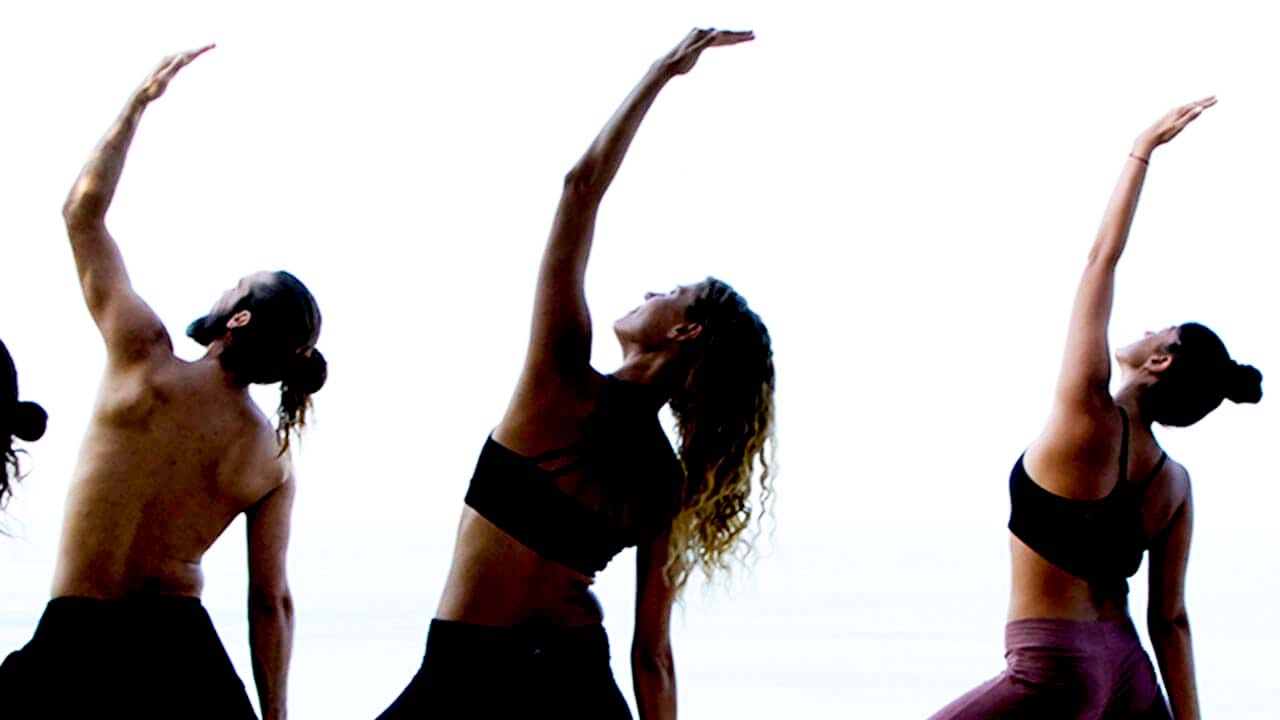
Pranayama Mixed with Asana
Regulated breath is the key to yogic life. The classical approach to breath in yoga is called Pranayama, which is done from a seated meditation position. This seated posture is very difficult to maintain for long enough to really gain the profound effects of Pranayama. For this reason, we mix the movements of the body with a variety of pranayama patterns that encourage our breath to truly integrate with our physical body. By creating a sustained and regular flow of breathing, we can create deep and lasting change in our physical body, energy body, mind and emotions.
For example, we might move from Downward Dog to Plank and then back to Downward Dog in a flowing and repetitive pattern, guided by the breath. The coordination of breath and movement and the repetition of the movement cycle opens the body and engages breath and mind in ways that just don’t happen if one simply moves from Dog to Plank and then onward to another posture. By repeating the movement cycle, body and breath are integrated and one starts to experience connection (yoga) of a very special kind.
Taking it deeper, we might re-visit Downward Dog to Plank Swara pattern later in the practice, but change the qualities of the breath to make the effects more powerful. This next-level cycle might have a longer breath in general (and thus a slower movement) or perhaps a distinctly longer exhalation, or a pause in the breath, or the engagement of the Bandhas, etc. The possibilities for deepening the energetic and breath expression of the cycle are nearly endless and this makes approach makes the practice of the postures much more dynamic and diverse.
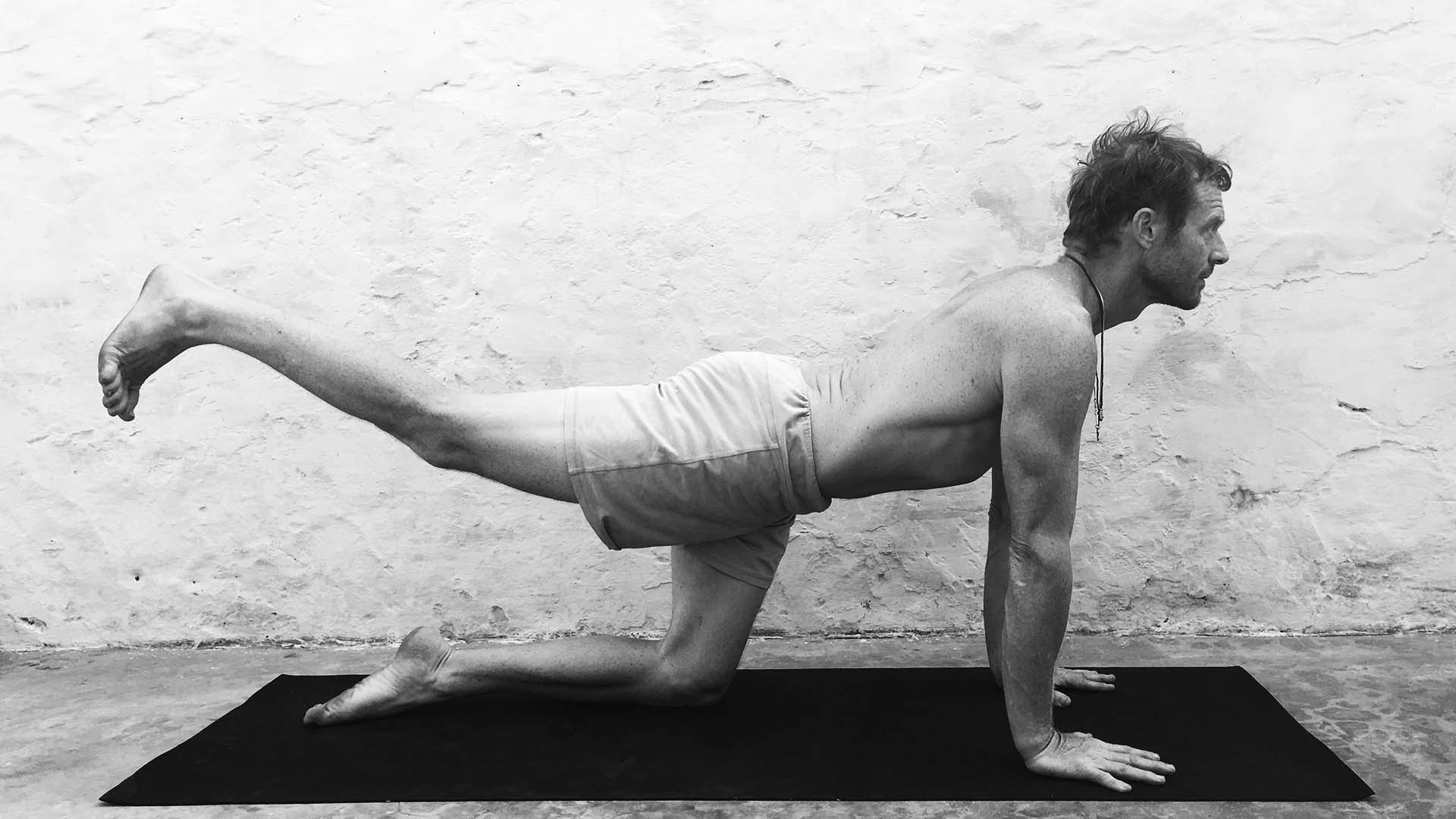
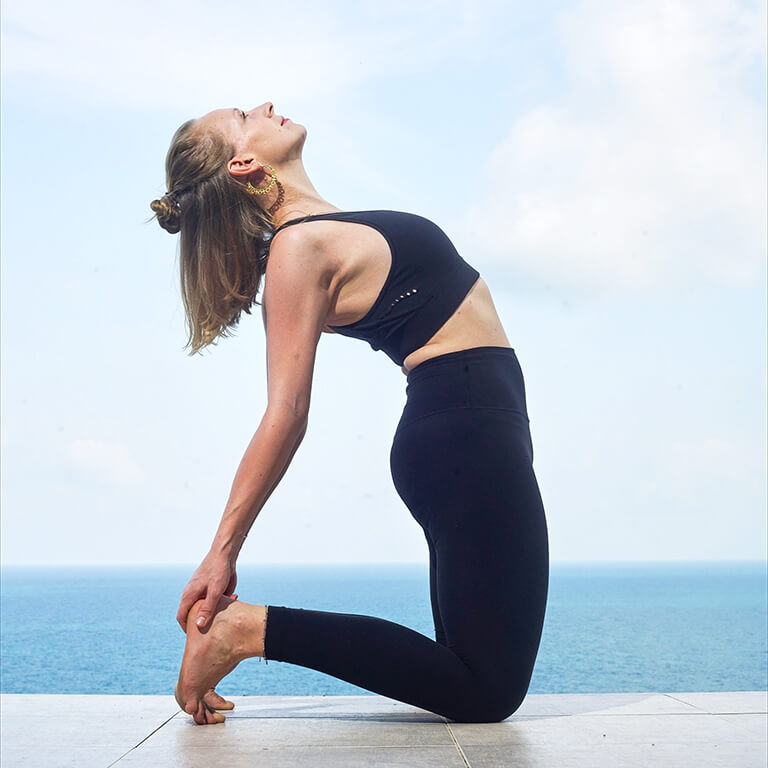
Swara Yoga Turns Movement into Energy
Movement takes energy, but if we do it right, it gives more energy than it takes. Since all of the postures and movements are based on the connected flow of the breath, Swara practice shifts the asanas from simply stretching to an exploration of life-force, prana and vital energy. The postures and the movements of the body support the flow of energy and the flow of breath. As one advances in Swara Yoga, the flows become more challenging and thus creates a more expansive and powerful life force in the yogi. The more intense a posture, the deeper the effect when integrated with Swara breath patterns. Postures without conscious breathing are one-dimensional and incomplete.
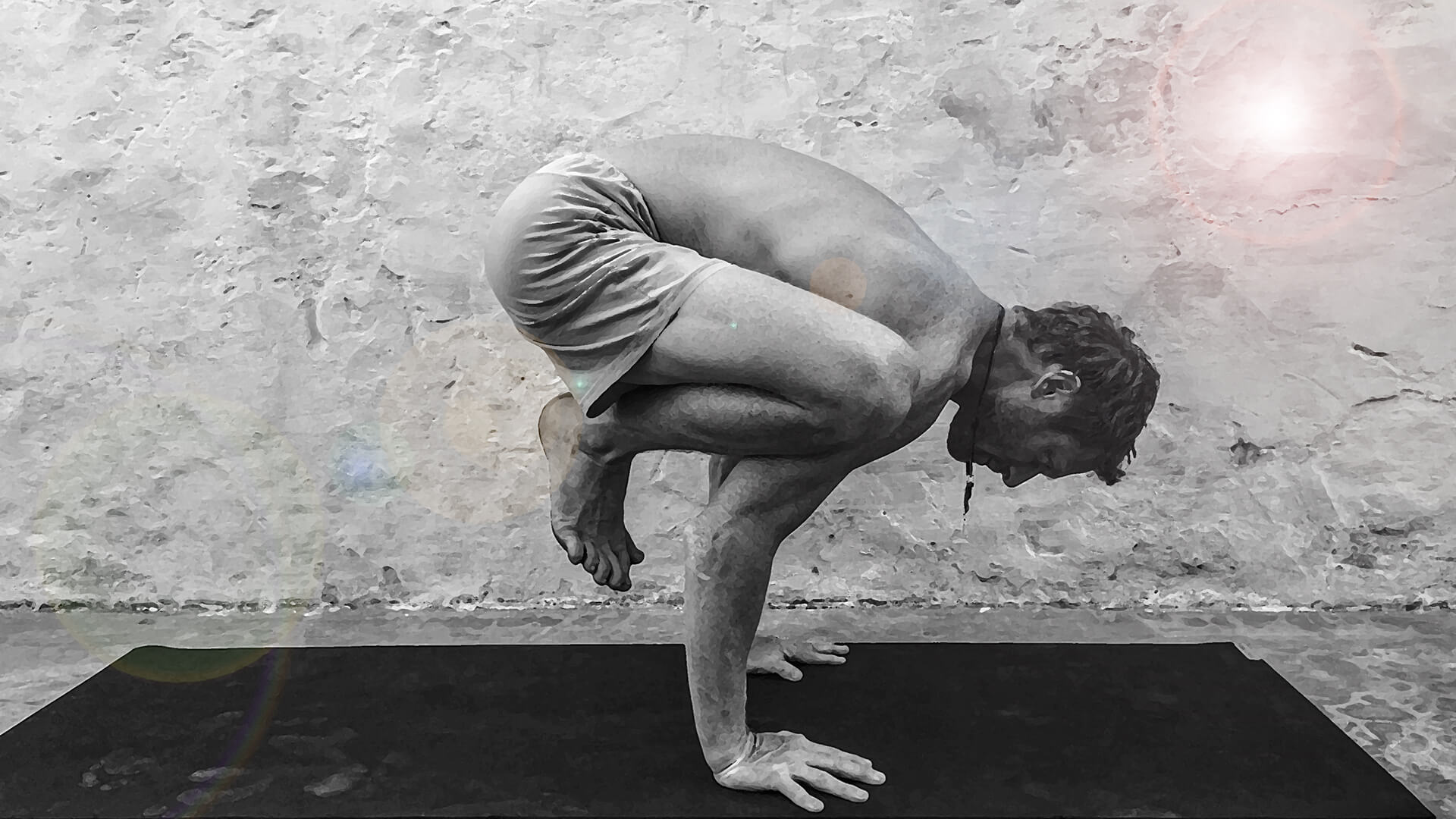
Yoga Teaches us how to Live
We are invested in living a good, healthy and vital life. Our goal in practicing this way is to increase the quality and quantity of life force in a person. When we change from a body-based approach to a breath-based approach in yoga, we are able to transform the way we approach life, the way we move, the way we sense and feel and even the way we think and communicate. Prana lies at the heart of all we are (in fact, prana has its home in the heart) and by changing prana, we change and affect every part of ourselves.
At the end of a Swara practice, we often experience a much deeper Savasana and find more profound inner peace. Inner calm and clarity increases, as does the available personal energy that we need so we can live fully and completely. Since the breath, body and mind are in a state of cultivated connection, our immunity and vitality increases and illnesses become less common. Concentration improves as does the power of mind and memory.

Teaching Breath and Swara
One of the wonderful things about Swara Yoga is that it is both easy to practice and easy to teach. Students who do not have access to certain poses due to physical limitations can still practice Swara without a problem, because the breath can be accessed even in the simplest postures. When the breath is stabilized and deepened, beginning students find that the body starts to open and other postures and practices are accessible, without the pain and struggle associated with opening the body in the normal way.
Because the concepts and practices are, in their essence, simple, Swara Yoga is easy to teach and add to classes. Teachers who are looking for a way to teach breath often use this technique to get students breathing easily. Whole practices can be built on Swara, or it can be used to promote good breathing before moving on to more traditional forms of Vinyasa and Hatha Yoga.
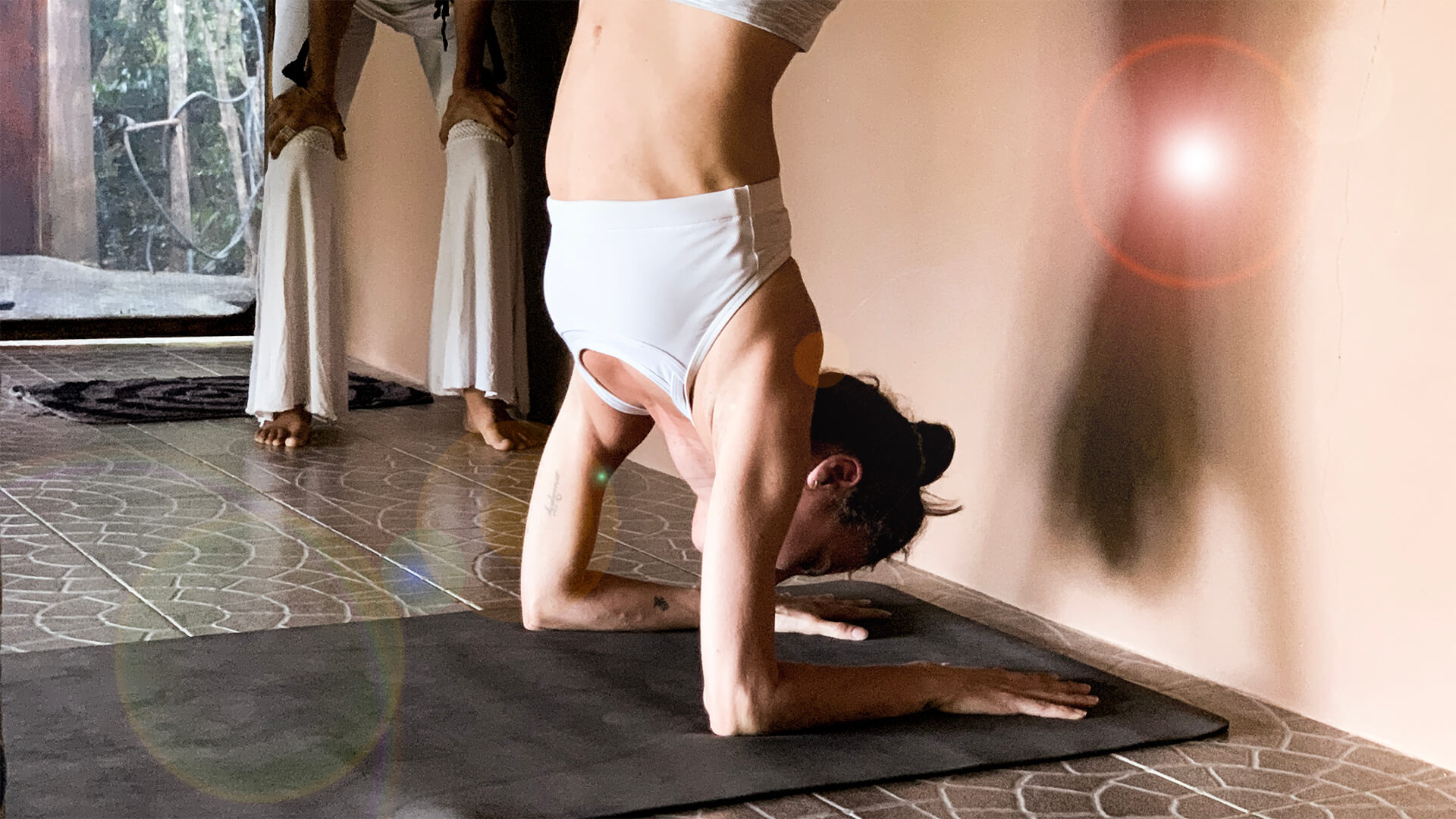
Swara Yoga is Creative, Intuitive and Fun
The technique is virtually unlimited in its scope and potential. Teachers who know Swara often create their own patterns and approaches to suit their own teaching style. Instead of being a fixed system, it is a creative and intuitive type of yoga which allows each individual to create their own relationship to the practice. When a teacher understands the tools of Swara and the ideas that support them, it is easy to mix patterns together to create desired effects.
For example: a yoga class late in the day might be focused on bringing students down from their busy day at work and calming them. Swara can be modified to help calm the frantic energy of an intense day and balance students so that they leave calm and refreshed. .

Learning Swara
Swara Yoga can be learned on one of our 200 Hour Foundations of Swara Yoga Teacher Trainings as well as on our Prana and Pranayama Yoga Teacher Training 100 Hour Module. Sign up for one of our courses today and change the way you do yoga forever!
